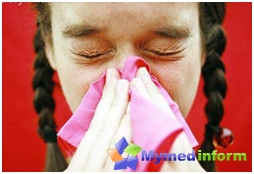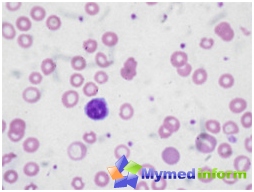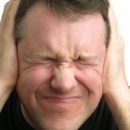Views

Depending on the type of inflammation, the catarrhal, purulent, necrotic and diphtheric cholangitis differ.
During the catarrhal cholangitis, the swelling of the mucous ducts is usually observed. If this is not treated, then inflammation will be chronic with the formation of scars and further narrowing of the ducts themselves.
Nerctic cholangitis is usually evolving due to the fact that pancreatic enzymes fall into bile ductures. Due to the impact of these enzymes, sections of the tissue of the tissue of the mucous membrane of the biliary.
As for purulent cholangitis, he often affects together and liver, and a gallbladder. With this form of the disease, the bile ducts are filled with pus, which is mixed with bile.
Differitical cholangitis is usually characterized by the appearance of an ulcers on the mucous membrane of the biliary tract, after which they grate. At the same time, the walls of bile ducts are destroyed, and the surrounding tissue ducts are subjected to purulent melting.
Causes

Depending on the form of the disease, its symptoms differ. So, the sharp form of the disease usually arises suddenly. In this case, the patient has such symptoms as an elevated temperature of up to 40 degrees and chills, severe pain in the field of right hypochondrium. These pains do something resemble pain during bark colic. Paints can be marked not only in this area, but also apply above, namely, they can reach the neck and right forearm. Sometimes pain is given to the right blade. If there comes intoxication, then the patient has a loss of appetite, general weakness, strong headaches, vomiting and nausea.
In the chronic form of the disease, pain sensations are usually less pronounced, but if there are stones in bile ducts, the pains can be quite intense. In addition, in chronic chillent, there is a general weakness, skin itching, fast fatigue and periodically temperatures can increase. In addition, such patients often marked thickening of fingertips and redness of palms.
Diagnostics
In order to diagnose the disease, the patient is assigned to such procedures as an ultrasound study (ultrasound) of the liver, computed tomography, magnetic resonance cholangiography, general blood and urine analysis, biochemistry, feces analysis on worm eggs. In addition, duodenal sensing is used to diagnose this disease, which is carried out in order to explore bile, determine the causative agent of the disease and identify the sensitivity of the pathogen to antibiotics, which helps with the selection of treatment. In addition, endoscopic retrograde cholangiparatography is often used to diagnose cholangitis.
Treatment
When aggravating the disease, cholangitis treatment must be carried out in hospital. In this case, the patient must be under the permanent supervision of the doctor. After all, this patient has a high risk of operation.

Treatment is usually selected by a doctor depending on the degree of violation of the outflow of bile. Therefore, both conservative and surgical methods of treatment are used. So, drug therapy is carried out only when there are no mechanical obstacles to the outflow of bile from the gallbladder, such as stones. Wide spectrum antibiotics from tetracycline row are prescribed to eliminate the inflammatory process. Also used antibiotics from group of sulfonamide. Such drugs are usually introduced intramuscularly or intravenously. Usually the treatment of cholangitis with antibiotics continues at least ten days. Many patients with toxins from the body need special detoxification therapy. To do this, it is best to use a 5% solution of glucose, refooliglukin and saline, which is introduced intravenously.
Patients with an acute form of the disease are prescribed antispasmodics that help to avoid stagnation of bile in the bustling bubble and in his ducts. In addition, enzyme preparations are prescribed to improve digestion. If the patient is bothering severe pain, then he is selected antibiotics. Cholant pain may be similar to renal or hepatic colic.
For the treatment of chronic cholangita forms, such physiotherapeutic procedures as UHF therapy and diathermia are prescribed during the remission. In addition, such patients show various thermal procedures that are conducted in many sanatoriums. It is useful will be therapeutic physical education. When conservative treatment does not allow to achieve significant improvements in the state of the patient, the question of the need for surgical treatment is considered. Today, an endoscopic technique is most often used as an operational treatment of cholangitis.









